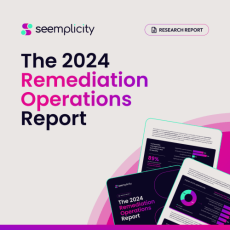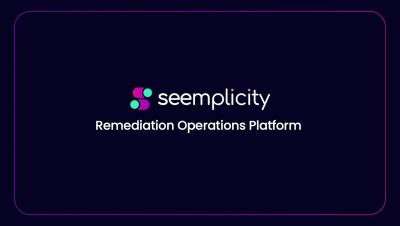Building a Remediation Plan? How to Overcome the Top 5 Challenges
Building an effective remediation plan is crucial for enhancing security posture, ensuring compliance and minimizing operational risks. Modern attack surfaces with their ever-growing volume of vulnerabilities have only compounded pressures on remediation planning. Yet vulnerability and exposure management teams frequently encounter obstacles that slow down remediation planning, leading to increased risk exposure and potential regulatory penalties.












